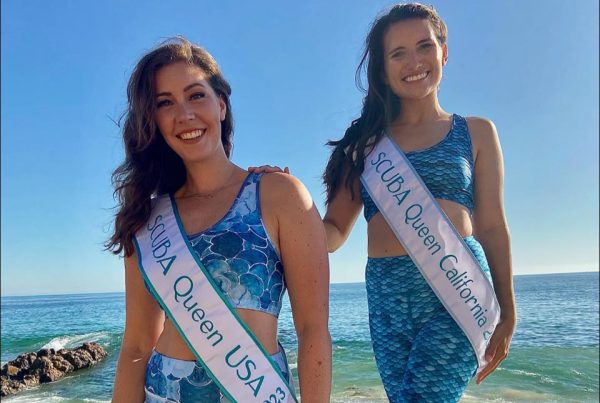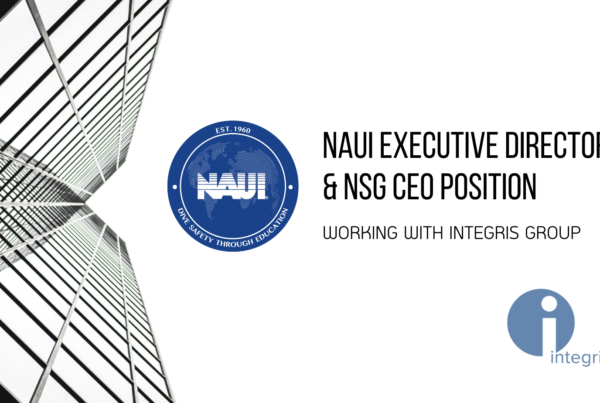Oceana has released a new survey that finds a strong economic incentive for protecting living ocean resources. Sea the Value: Quantifying the Value of Marine Life to Divers shows that scuba divers are willing to pay more to see healthy corals, sharks and sea turtles.
As part of the study, scuba divers were asked the maximum amount of money they were willing to pay, in addition to their normal dive costs, for the increased likelihood of seeing a particular species.
Key Findings:
1. Of the scuba divers surveyed, 76 percent were willing to pay more for an increased likelihood of swimming with a sea turtle in the wild, with the average additional amount being $29.63 (annual value $177.8 million).
2. Seventy-one percent of divers were willing to pay more to see sharks, with the average amount being $35.36 per dive (annual value $212.2 million).
3. When analyzing the market for the U.S. shark fishery, currently valued at $19 million, sharks are clearly worth more alive as part of the ecotourism industry than dead as part of the fishing industry.
4. More than 95 percent of the respondents said they would be willing to donate an entrance fee to dive in a protected healthy coral reef ecosystem.
5. Scuba divers were willing to pay the most for a chance to see healthy coral reefs, with the average amount being $55.35 (annual value $332.1 million).
There are an estimated 1.2 million active U.S. scuba divers, which contribute more than $4.1 million dollars to local coastal economies alone each year. Many non-coastal cities and states also are home to scuba divers and dive shops that rely heavily on healthy oceans, benefiting from the economic activities of the dive community.
For more information on Oceana visit www.oceana.org online.









